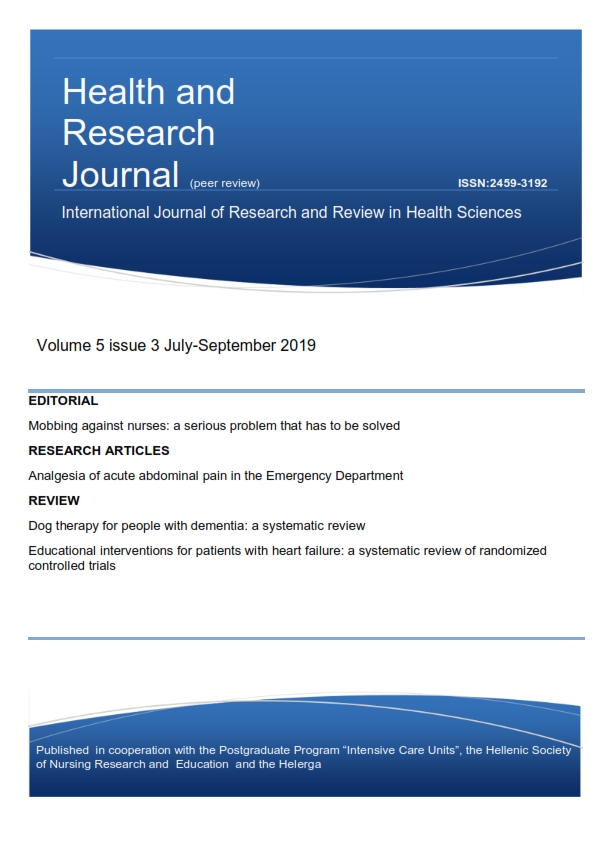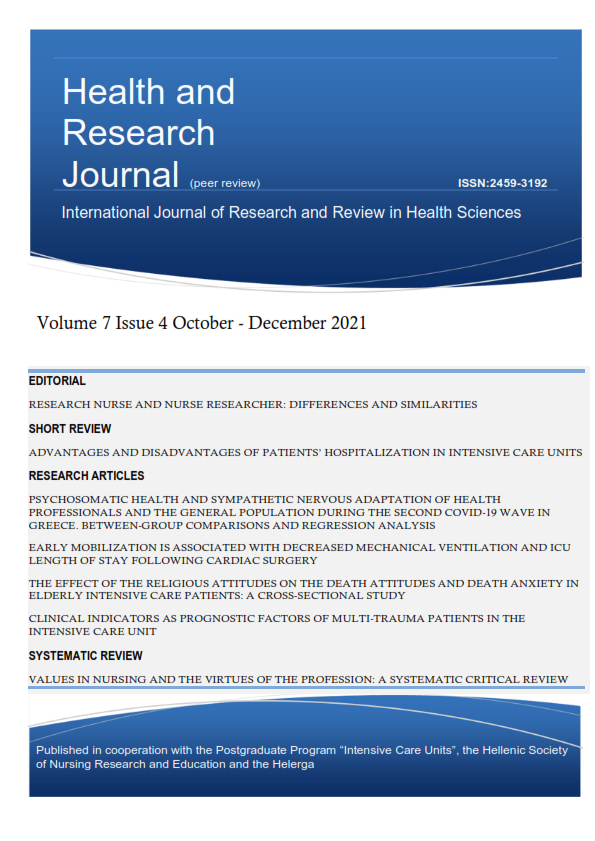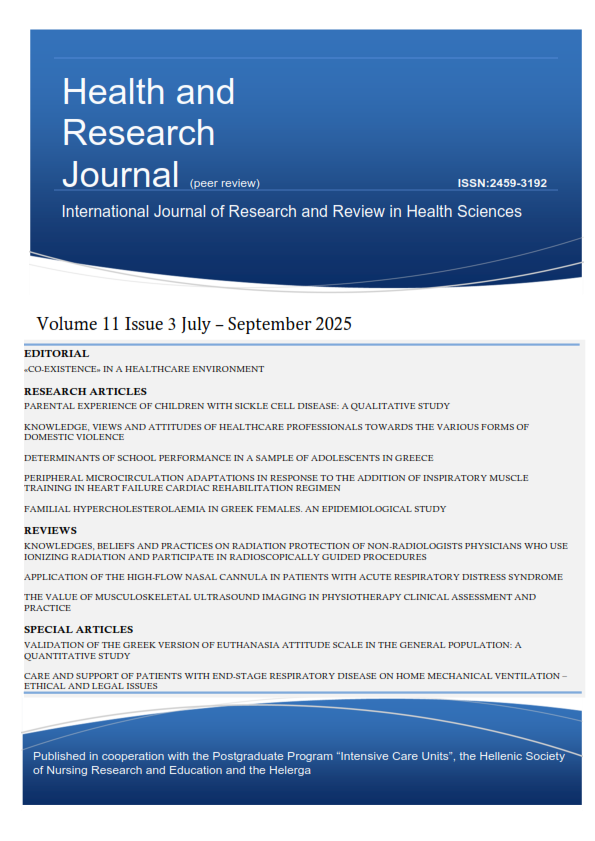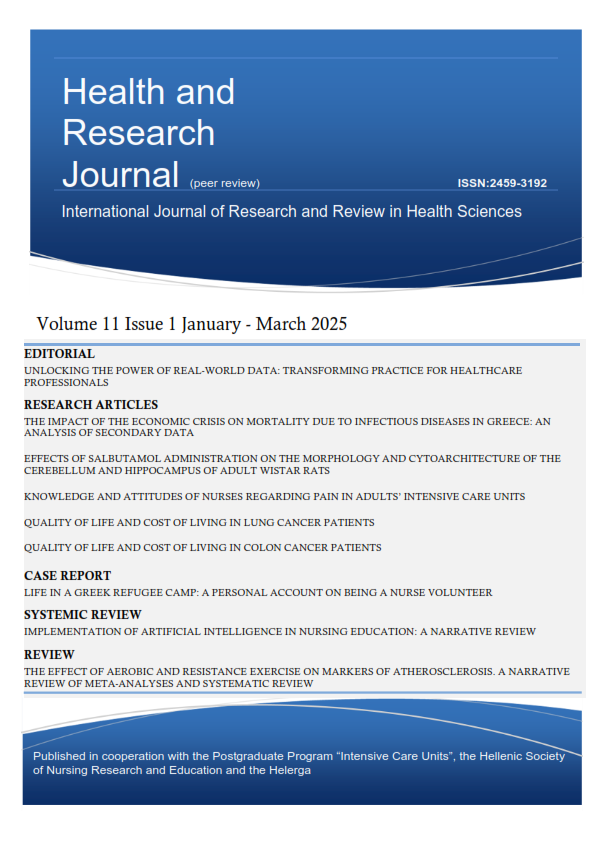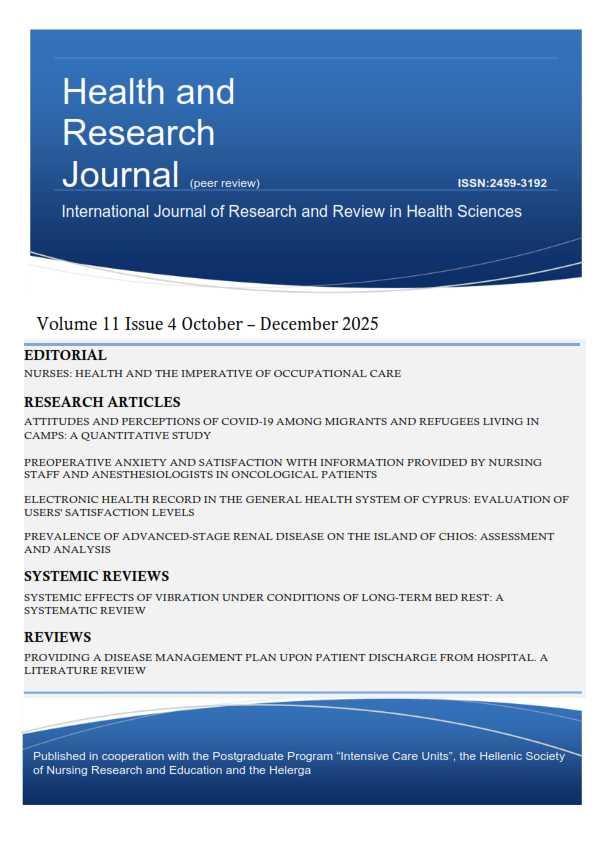Contemporary stroke care delivered in a specialised stroke bay, a neurology ward and a medical ward in Greece
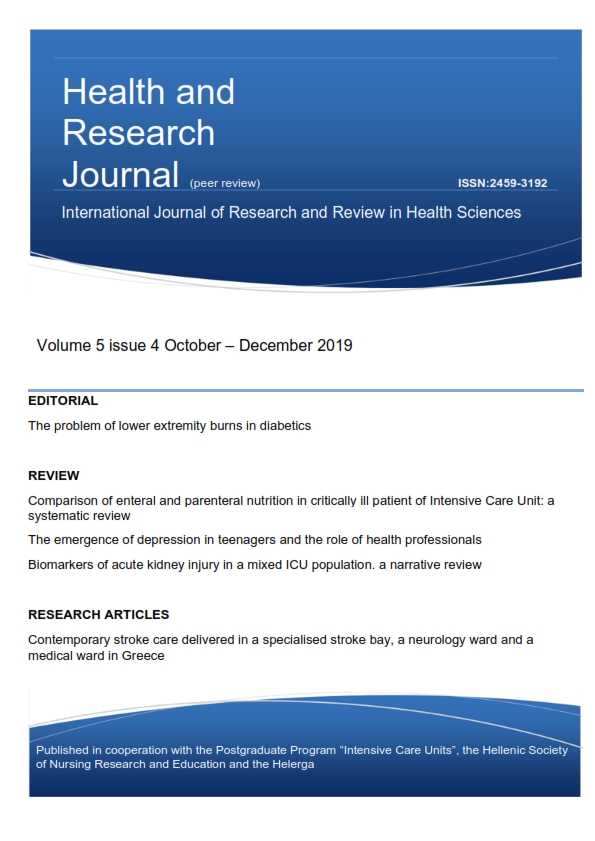
Abstract
Introduction: Currently in Greece there are only two ‘stroke bays’ (SBs) and their efficacy compared to standard ward treatment has not been evaluated.
Aim: To provide baseline data on stroke case-mix and compare death rates in two Greek hospitals (A+B, i.e. with & without a SB).
Material and Methods: One hundrend sixty four acute stroke patients from two hospitals were consecutively selected in order to explore approaches to stroke care in three different types of care delivery settings. A descriptive design with group comparisons was employedand data gathering included patient case mix, age and length of stay (LOS), neurological status and death rates. Kaplan-Meier curves we reused for survival analysis and independent samples t test and Z test for group comparisons at p<0.05.
Results: Of the 164 patients, 88 (44.4%, female) werein hospital A and 76 (42.1%, female) in hospital B. The mean age was 65.7 and 69.1 years respectively, LOS was 7.6 (3-18) and 7.3 days (1-26), while death rate was 6.8% and 10.5% respectively.
Discussion: Survival analysis for the two hospitalsshowed that there are no statistically significant differences regarding death and survival rates between the two hospitals, even when one had a SB. Yet, the SB shows a statistically significant reduction in overall LOS.
Conclusions: In societies where stroke units are not yet established, a SB might be an economical way of making use of (limited) available resources and raising nursing and medical standards of care by motivating the full potential of staff involved.
Article Details
- How to Cite
-
Theofanidis, D., Fountouki, A., Savopoulos, C., Hatzitolios, A., Fitsioris, X., & Rudolf, J. (2019). Contemporary stroke care delivered in a specialised stroke bay, a neurology ward and a medical ward in Greece. Health & Research Journal, 5(4), 163–171. https://doi.org/10.12681/healthresj.22070
- Section
- Original Articles
Copyright notice:
The journal "Health and Research Journal" reserves the rights for copyright of the content of the website and also the copyright of the articles published.
By virtue of their appearance in this journal, the articles are free to be used for non-commercial purposes. However, the articles cannot and must not be used in anyway, published elsewhere or modified without any reference to the author and the first publication of the article.



